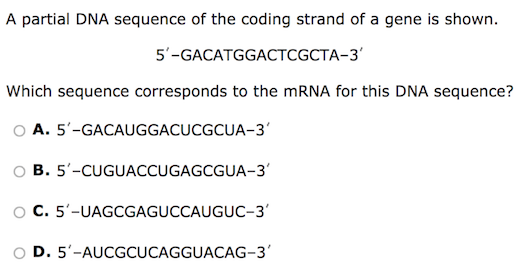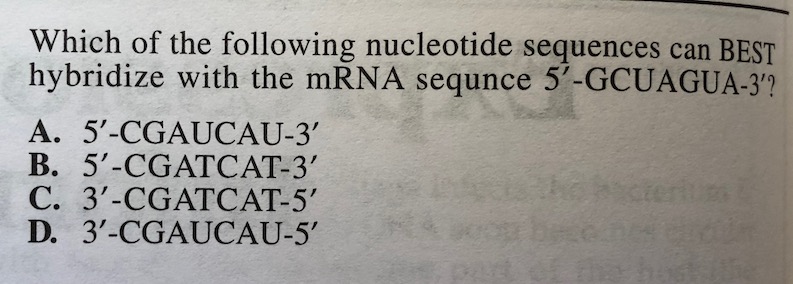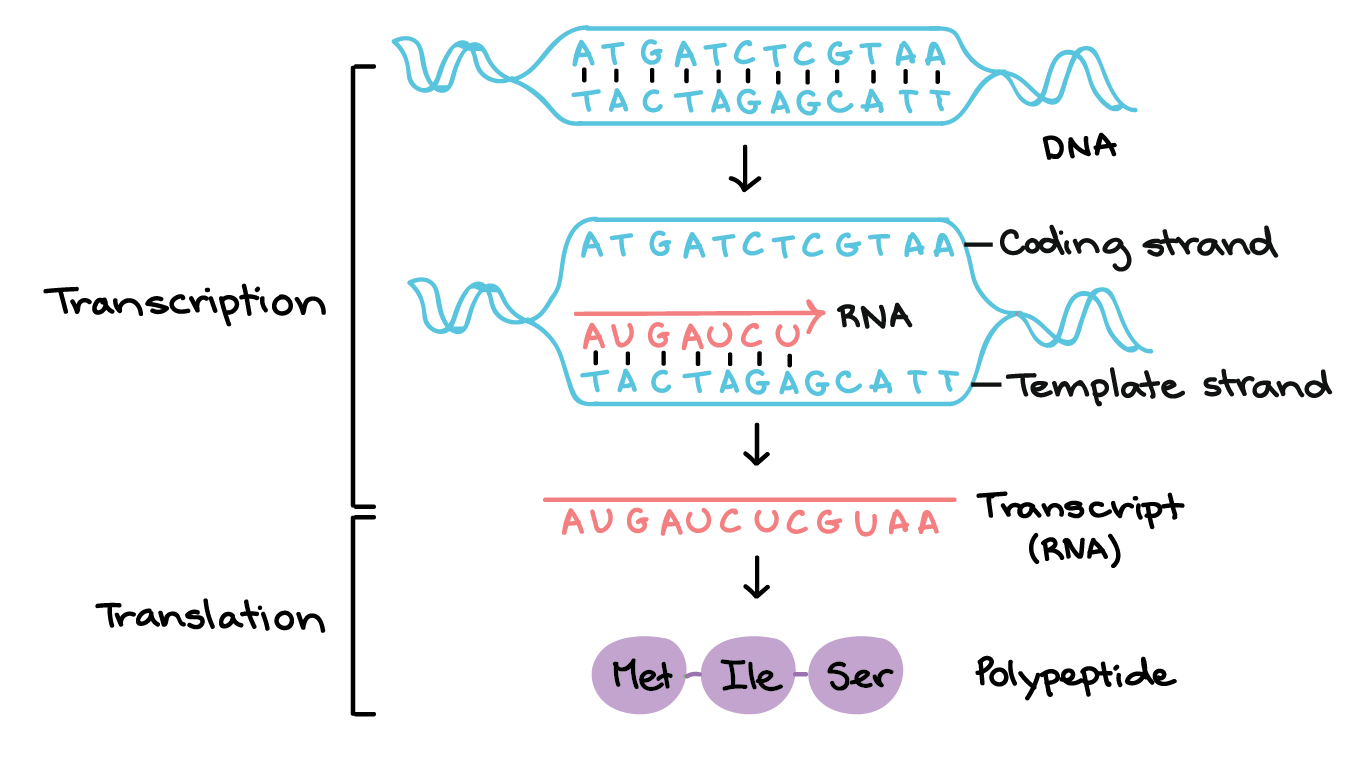My exam is on Saturday, and for some reason I had these concepts down awhile ago, but now I'm just getting them mixed up. What is the difference between these examples and other common examples when trying to match up DNA sequences whether it is "complementary," "reverse complementary," "identical," or "hybridizing"?
Example 1:

-------------------------------------------------
Example 2:
During DNA replication, the base sequence 5'-pApTpApGpApC-3' would give rise to which of these completely base sequnces?
A. 3'-UpApUpCpUpGp-5'
B. 5'-pTpApTpCpTpG-3'
C. 5'-pGpTpCpTpApT-3'
D. 3'-TpApTpGpUpGp-5'
C) 5'-pGpTpCpTpApT-3'
Since DNA is antiparallel, the completely strand must be: 5'-pGpTpCpTpApT-3'
------------------------
Example 3:

Example 1:

-------------------------------------------------
Example 2:
During DNA replication, the base sequence 5'-pApTpApGpApC-3' would give rise to which of these completely base sequnces?
A. 3'-UpApUpCpUpGp-5'
B. 5'-pTpApTpCpTpG-3'
C. 5'-pGpTpCpTpApT-3'
D. 3'-TpApTpGpUpGp-5'
C) 5'-pGpTpCpTpApT-3'
Since DNA is antiparallel, the completely strand must be: 5'-pGpTpCpTpApT-3'
------------------------
Example 3:


